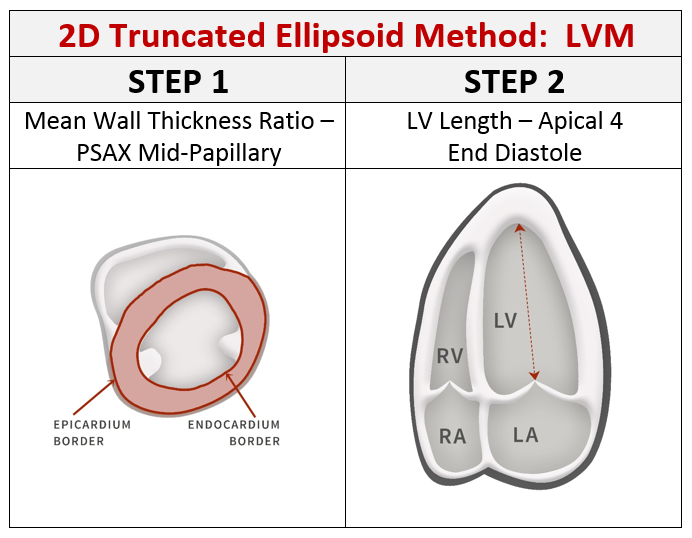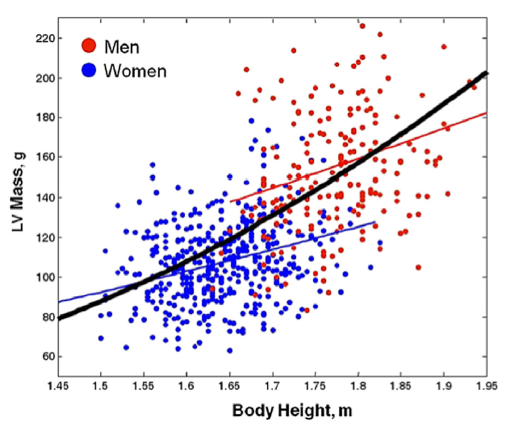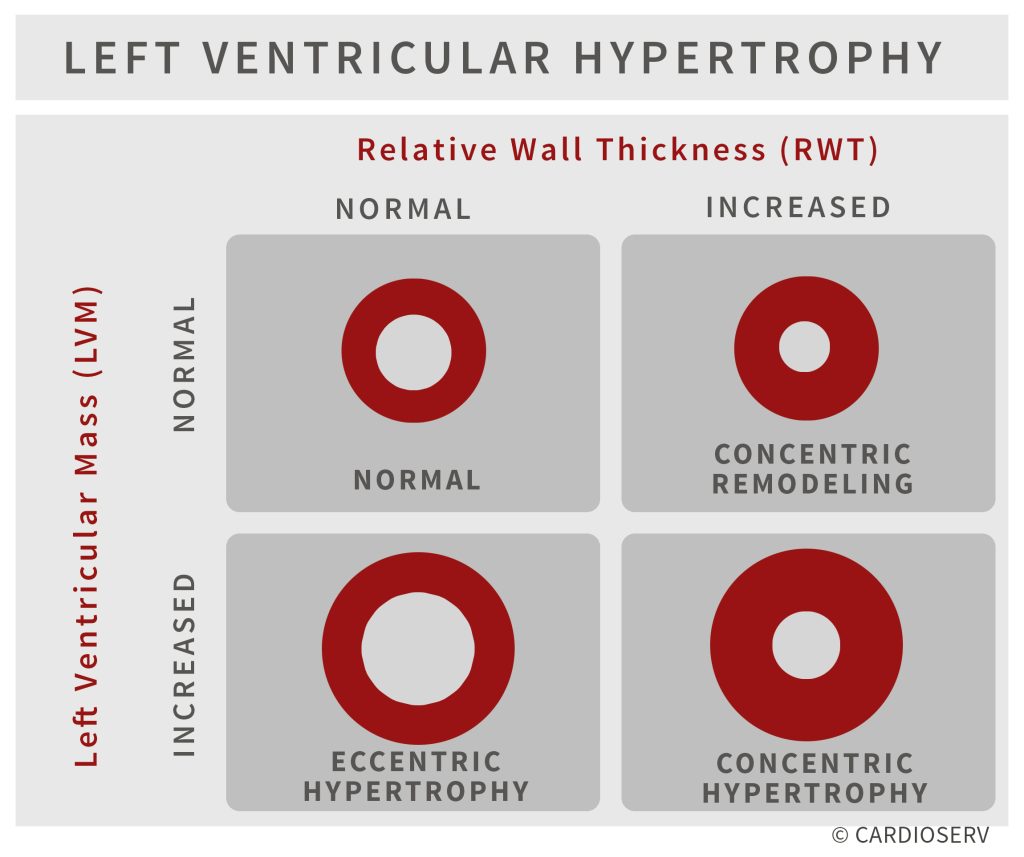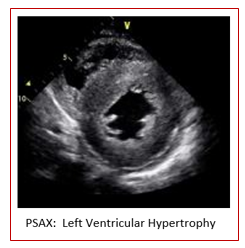Ultimate Guide to Acute vs. Chronic MR
As we continue our blog journey on the topic of mitral regurgitation, we hope you have been able to review our prior educational posts! If not, no worries– you can find them here!
Ultimate Guide to Acute vs. Chronic MR Read More »




